#sierra leone
Text

#coquette fashion#sierra leone#girlblogging#girlblogger#y2k aesthetic#black coquette#coquette noir#black beauty#black girl aesthetic#black girl magic#afrikan beauty#afrofuturism#y2kcore#cyber y2k#trashy y2k#y2k fashion
78 notes
·
View notes
Photo

Map of Africa on a tortoise shell in the National Museum of Sierra Leone
466 notes
·
View notes
Text



Fanta Bereteh photographed by Emmie America / Styled by Lauren Abbondola / Hair by Nastya Miliaeva / Makeup Shaina Ehrlich
412 notes
·
View notes
Photo

You may wonder what this whole Awesome Coffee Club thing is all about. Today I was reminded what it’s all about:
In 2019, the unpaid intern who runs this tumblr account visited Sierra Leone’s Kono District. Kono is the among the most impoverished communities in the world due to a long history of enslavement, colonialism, and civil war. A decade ago, Kono’s healthcare system was in a state of collapse--clinics had no running water or electricity or paid staff, and inconsistent supplies of medications and other necessities.
As a result, Kono was the epicenter of the global maternal mortality crisis: One out of every seventeen women could expect to die in childbirth. Over 10% of children died before the age of five.
Beginning in 2014, Partners in Health began working with Sierra Leone’s Ministry of Health to bring change. This started with the basics at the region’s hospital, Koidu Government Hospital: running water, 24-hour electricity, and hiring nurses, community healthworkers, cooks, facilities management staff, and so much more.
At the time, KGH’s maternity ward had a dirt floor. Many people were dying for want of an emergency C-section or a blood transfusion. By 2019, this was getting better--two functioning operating rooms were able to perform C-sections, and a blood bank could address postpartum hemorrhaging. But it was still inadequate, and maternal and child mortality were horrifyingly routine.
To address the crisis, PIH Sierra Leone directors Jon Lascher and Dr. Baillor Barrie wanted to build a world-class maternal and child health center that could save thousands of lives yearly while also serving as a teaching hospital to train the next generation of Sierra Leonean healthcare workers. They told us they needed $25,000,000 to break ground, and would probably eventually need another $25,000,000 to support the hospital’s operation over its first few years.
I am, as unpaid interns go, doing quite well, but not THAT well. So our family committed what we could and asked others to join us, and within two years, we passed that $25,000,000 goal. Together, we’ve now raised close to $40,000,000.
Today, I visited the site of the Maternal Center of Excellence, the first wards of which will hopefully open next year. Nearly all of the construction team are from Kono, and 65% of them are women--they work as welders, engineers, planners, laborers, and so much more. You see three of them above. I had the privilege of talking with them about this project. The young woman to the right, Success, told me that her dream is to work for the hospital her whole life, helping to maintain and support it. One of the other women told me, “We are passionate about this work because it is the future of our country. And we know that we and our friends will someday give birth here.” I am so proud that our projects support their training and livelihood, and so grateful to have them as colleagues in this work.
The hospital--which will include over 100 maternal beds, a NICU, and enough operating suites to perform over 10 emergency C-sections per day, will also require ongoing funding for staff, stuff, systems, maintenance, and more. Our hope is that open-ended projects like the Awesome Coffee Club and Awesome Socks Club can help provide that funding, although the most efficient way to support this project is to donate directly!
So that’s why this tumblr, and the awesome coffee club, exists. World-class maternal and infant healthcare is coming to Kono, a wonderful and too long impoverished by colonialism and extractive capitalism. It is only a first step. There is so long to go. But what a first step.
#also i guess for memes#awesome coffee club#partners in health#sierra leone#drink good coffee#coffee#pih
646 notes
·
View notes
Text

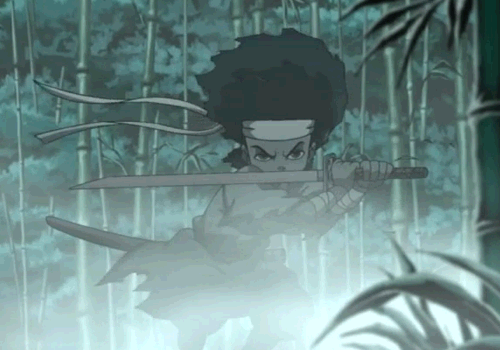
#temne#kru#mandika#sierra leone#liberia#senegal#african ancestry#regina king#boondocks#the boondocks
126 notes
·
View notes
Text
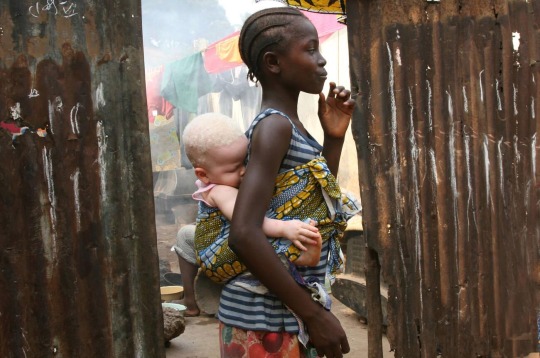

“Young sleeping albino girl on the back of her sister.”
Sierra Leone, Africa.
Photographed by Feije Riemersma, 2009.
77 notes
·
View notes
Text
“Thoughts on thoughts” by @whoisuzo
568 notes
·
View notes
Text
African countries are being forced to spend billions of dollars a year coping with the effects of the climate crisis, which is diverting potential investment from schools and hospitals and threatens to drive countries into ever deeper poverty.
Dealing with extreme weather is costing close to 6% of GDP in Ethiopia alone, equating to a spend of more than $1 repairing climate damage for every $20 of national income, according to research by the thinktank Power Shift Africa.
The warning comes just before the major new scientific report from the global authority on climate science, the Intergovernmental Panel on Climate Change. This report, the second part of the IPCC’s comprehensive summary of global climate science, will set out the consequences of climate breakdown across the world, looking at the floods, droughts, heatwaves and storms that are affecting food systems, water supplies and infrastructure. As global temperatures have risen in recent decades, and as the impact of extreme weather has become more apparent around the world, efforts to make infrastructure and communities more resilient have largely stalled.
Africa will be one of the worst-hit regions, despite having done least to cause the climate crisis. According to the Power Shift Africa study, titled Adapt or Die: An analysis of African climate adaptation strategies, African countries will spend an average of 4% of GDP on adapting to climate breakdown.
These countries include some of the world’s poorest people, whose responsibility for greenhouse gas emissions is many times less than those of people in developed countries, or in large emerging economies such as China. Sierra Leone will have to spend $90m a year on adapting to the climate crisis, though its citizens are responsible for about 0.2 tonnes of carbon dioxide emissions a year each, while US citizens generate about 80 times more.
Mohamed Adow, director of Power Shift Africa, said: “This report shows the deep injustice of the climate emergency. Some of the poorest countries in the world are having to use scarce resources to adapt to a crisis not of their making. Despite only having tiny carbon footprints compared with those of the rich world, these African countries are suffering from droughts, storms and floods which are putting already stretched public finances under strain and limiting their ability to tackle other problems.”
He called for more funding from developed countries, which promised at the Cop26 UN climate summit to double the money available to help poor countries adapt to the climate crisis. Rich countries promised in 2009 to provide $100bn a year to help poor countries cut their greenhouse gas emissions and cope with the effects of climate breakdown. But so far they have fallen short of that target, and most of the funds that have been provided have gone to projects to cut emissions, such as windfarms and solar panels, rather than efforts to help countries adapt.
The study examined national adaptation plans submitted to the UN by seven African countries: Ethiopia, Kenya, Liberia, Sierra Leone, South Africa, South Sudan and Togo. South Sudan, which is the world’s second poorest country, was hit by floods last year that displaced 850,000 people, and led to outbreaks of water-borne diseases. The country is to spend $376m a year on adaptation, about 3.1% of its GDP.
Chukwumerije Okereke, director of the centre for climate change and development at the Alex Ekwueme Federal University in Nigeria, said rich countries must respond to the findings, and to the IPCC report.
“It is both irresponsible and immoral for those that are the chief cause of climate change to look on while Africa, which has contributed next to nothing to climate change, continues to bear a disproportionate share of the impact,” he said. “The time for warm words is long gone. We need urgent, scaled-up, long-term support from the world-leading climate polluters.”
— African countries spending billions to cope with climate crisis
#fiona harvey#current events#climate change#global warming#climate justice#economics#international relations#poverty#ethiopia#sierra leone#kenya#liberia#south africa#south sudan#togo#mohammed adow#chukwumerije okereke
951 notes
·
View notes
Photo

By Ottenberg Simon, Sierra Leone.
463 notes
·
View notes
Text
As the name suggests, the World Wars involved the world. People from all over served, and this includes people from African and Carribbean countries, yet I feel they are not so well-remembered in media and the history books for their heroics and sacrifices. Here are a few icons among many below.
Eugene Bullard

Eugene Jacques Bullard (1895-1961) was one of the first black American pilots and served in the French air force’s Lafayette Flying Corps, an all-American volunteer outfit, in World War 1. Meanwhile, in World War 2, Eugene Bullard served as a spy for France, where he also proved highly successful against the Nazi regime. Bullard was fluent in English, German and French, as well as a boxer and self-taught Jazz musician.
Eugene Bullard was awarded fifteen French war medals: Knight of the Légion d’honneur, Médaille Militaire, Croix de Guerre, Volunteer’s Cross (Croix du combattant volontaire), Wounded Insignia, World War I Commemorative Medal, World War I Victory Medal, Freedom Medal, and the World War II Commemorative Medal.
Walter Tull

Lieutenant Walter Tull (1888 - 1918) was the first British-born black army officer and the first black officer to lead white British troops into battle. He fought on the Somme in 1916 and became the first black combat officer in the British army in spite of a military rule officially excluding "any negro or person of colour” from that position. Before the War, he was a pioneering black football player and the first black outfield player to feature in the English top flight, with two seasons at Tottenham Hotspur.
Sadly, Walter Tull was killed in 1918, during the early German spring offensive, and was never awarded the military cross that he was recommended for.
Johnny Smythe

Born in Sierra Leone, Johnny Smythe (1915 - 1996) successfully made it into RAF aircrew during the Second World War. Smythe trained as a navigator, having a great talent for mathematics. He successfully navigated 26 bombing missions over Germany, although was unfortunately shot down on his 27th mission and captured. Smythe would spent the last two years of the war in Stalag Luft I, an infamous Lufftwaffe-run POW camp, until he was liberated by the Russians in 1945.
In 1948, Johnny Smythe served as the senior officer aboard the Windrush. After pursuing a career in law and working as the Queen's Counsel for Sierra Leone for a number of years, in 1961 he was appointed Solicitor General of the newly independent Republic of Sierra Leone. In 1978, he awarded the Order of the British Empire (OBE) for his outstanding service.
Ulric Cross

Ulric Cross (1917 - 2013) was Trinidadian and one of the most decorated Caribbean airmen in WWII. Joining the RAF at 24, he trained as a navigator and joined 139 Squadron, gaining the nickname ‘The Black Hornet’. Cross was an expert in precision bombing and later joined the ranks of the elite Pathfinder Force, flying high-risk missions into enemy territory as low as 50 feet as opposed to 25,000 like most pilots. While Cross was offered the option to rest after completing 50 missions, he instead volunteered for another 30 missions over enemy territory. At the end of the War, Cross had flown a total of 80 missions.
For his undeniable commitment, hard work and skill, Cross was awarded the Distinguished Flying Cross and the Distinguished Service Order.
#world war 2#world war 1#us history#uk history#africa#sierra leone#trinidad#black soldiers#world war means WORLD War#someone write a movie about these guys and many others#history#black history#caribbean
149 notes
·
View notes
Photo
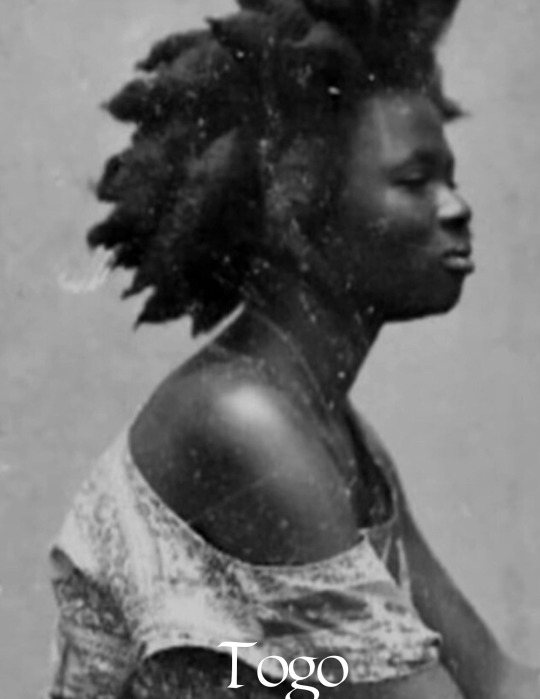
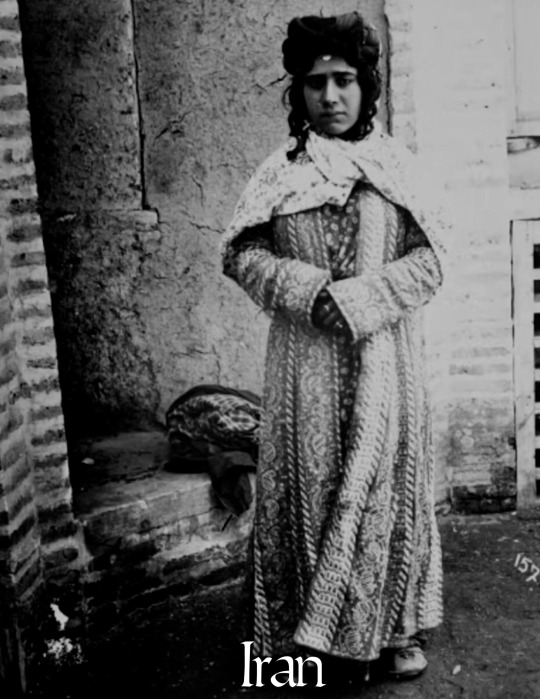
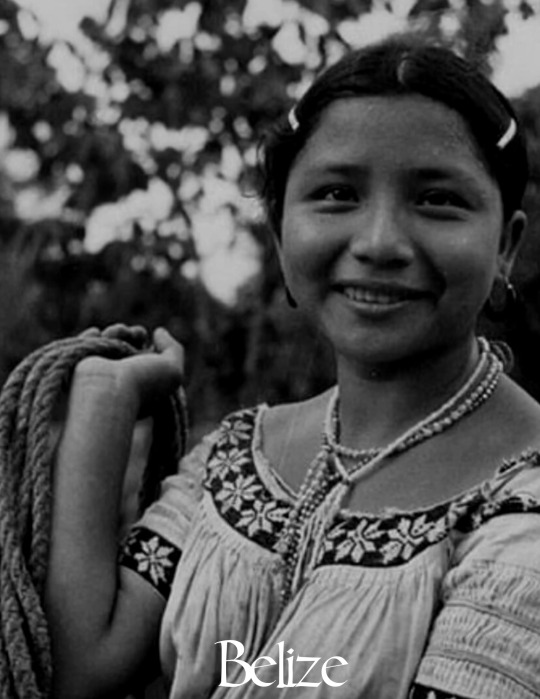
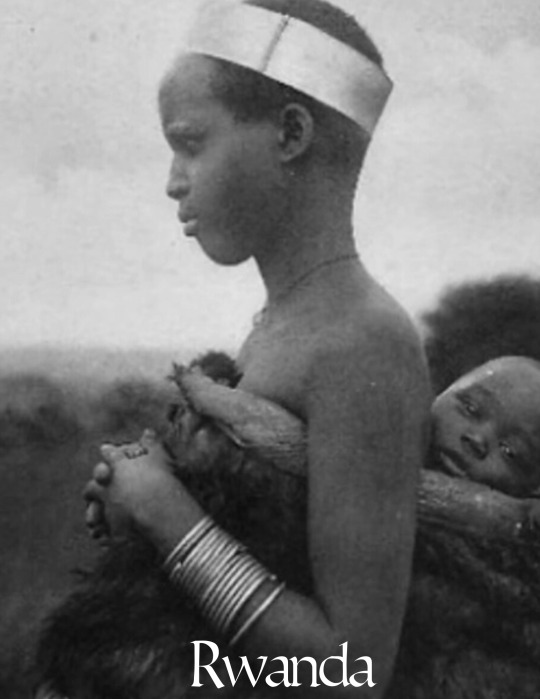
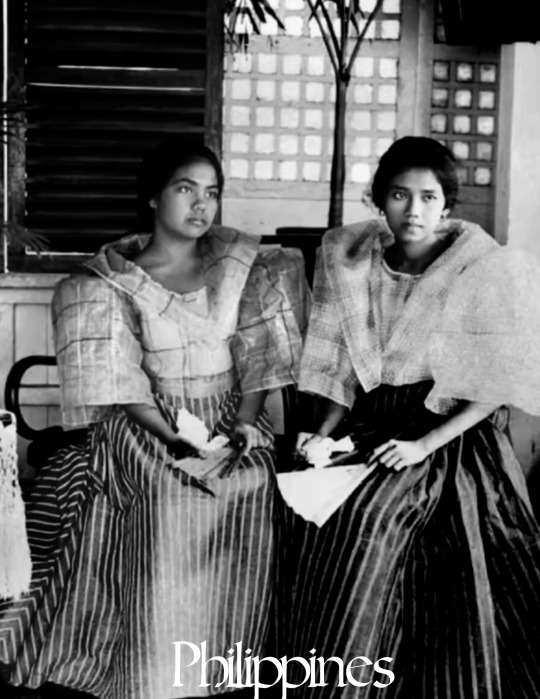
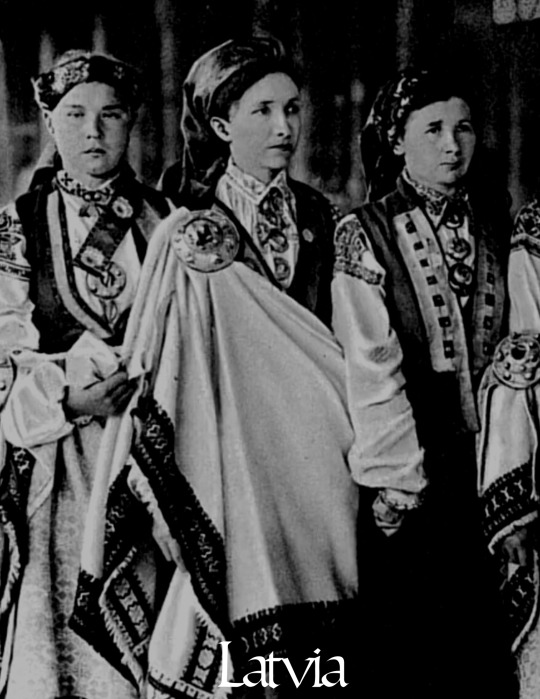

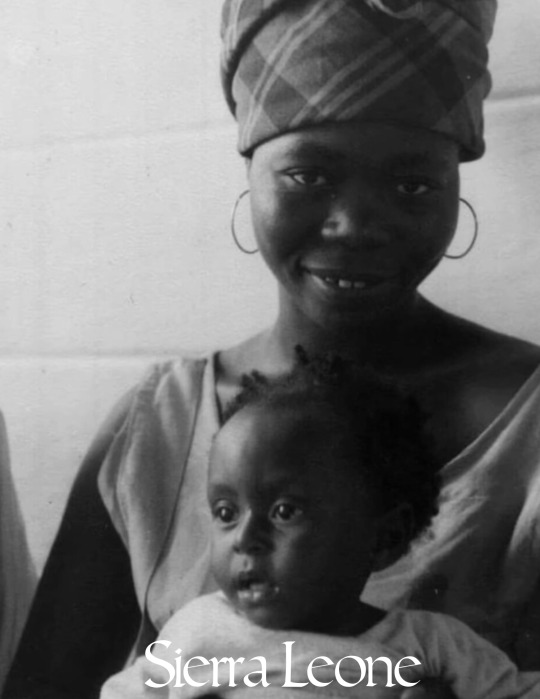


beauty around the world: pt 4
#beauty around the world#women in history#women around the world#history#vintage photography#vintage#togo#iran#belize#rwanda#philippines#latvia#indonesia#sierra leone#mexico#ukraine#around the world#beauty#photography
689 notes
·
View notes
Text
Seen in Freetown, Sierra Leone by Abdul Hamid Kanu
594 notes
·
View notes
Text
Please reblog for a bigger sample size!
If you have any fun fact about Sierra Leone, please tell us and I'll reblog it!
Be respectful in your comments. You can criticize a government without offending its people.
42 notes
·
View notes
Link
Look what people can accomplish when they work in real solidarity and partnership with each other. Incredible.
357 notes
·
View notes
Text
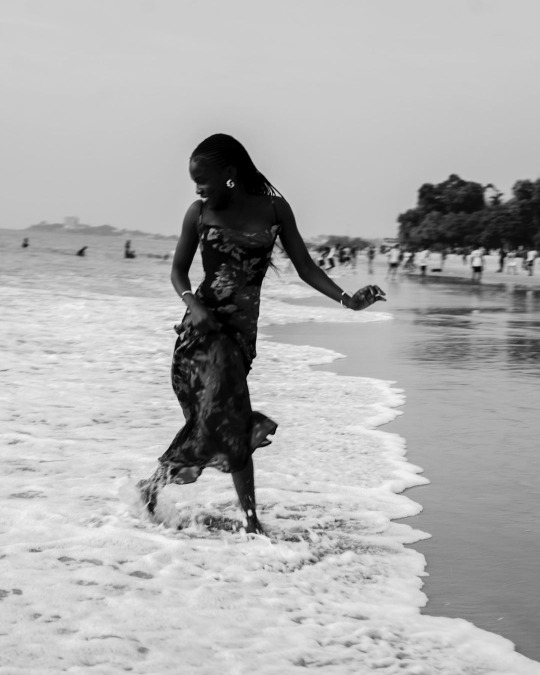
give it to the water
#abdulhamid kanu#photography#photoshoot#black and white#sierra leone#african culture#africa#african archives#african art#my upload
226 notes
·
View notes
Text
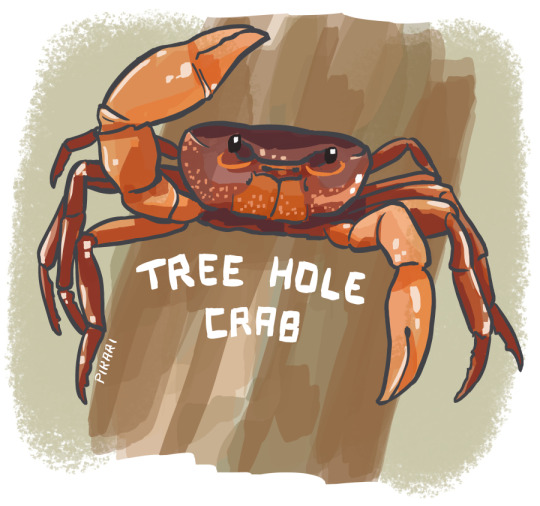
Each morning as the little ones scuttle out of the tree hole and off to school, she stands on the tree, waving a happy claw and promising to be there upon their return home.
Tree Hole Crab (Globonautes macropus)
Liberia, Guinea, Sierra Leone
Status: Endangered
Threats: Deforestation, habitat loss
-----
This smiling and waving crab just seemed like a page from a children’s book. I don’t actually know what baby Globonautes do in real life, but I suppose in this picture book they scuttle home happily to their tree hole home after an exciting day in the West African rainforest.
28 notes
·
View notes